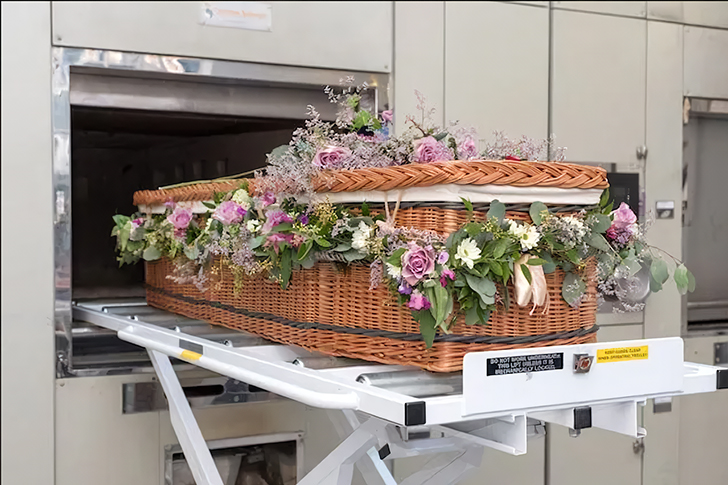Understanding the Process of Cremation
The process of cremation serves as a significant aspect of funeral practices in many cultures across the globe. It offers an alternative to the traditional burial by reducing the body to its basic elements through high-temperature burning. In recent years, a shift toward cremation has been observed due to factors such as cost-effectiveness, space limitations in cemeteries, and environmental considerations. This article aims to demystify the cremation process, explore its historical roots, and discuss its contemporary practice, providing readers with a comprehensive understanding based on facts and statistics.

Historical Context and Modern Preferences
The practice of cremation dates back at least 20,000 years, as evidenced by archaeological findings in Australia, where the Mungo Lady was cremated in a low-temperature fire. In many ancient cultures, including the Romans and Greeks, cremation was seen as a method of purifying the departed and sending them swiftly to the afterlife. In modern times, the acceptance of cremation varies widely across different cultures and religions. According to the Cremation Association of North America (CANA), the cremation rate in the United States has increased significantly, from 3.56% in 1960 to 53.1% in 2018, with projections suggesting it might rise above 70% by 2030.
The Cremation Process: Step-by-Step
The cremation process involves several key steps, ensuring that the procedure respects both the deceased and the bereaved family’s wishes. The process typically begins with the transportation of the body to the crematorium, where it is first identified and documented to ensure proper handling. This is followed by the body being placed in a cremation container, often made of combustible, environmentally friendly material.
The core phase is the cremation itself, using a specialized furnace called a cremator, which reaches temperatures between 1400 to 1800 degrees Fahrenheit. This intense heat ensures the complete disintegration of the body, leaving behind only bone fragments. These are then cooled and processed into a fine powder using a machine known as a cremulator.
Environmental Considerations and Advances
Despite the efficiency of cremation over burial in terms of space, the process is not without its environmental impact. Traditional cremation methods can release pollutants such as carbon dioxide and mercury emissions from dental amalgam into the atmosphere. However, recent technological advancements have led to more eco-friendly practices. These include the installation of filtrations systems that can significantly reduce emissions. Some establishments have started using electric cremators as a greener alternative, which are known to emit less carbon by relying on renewable sources of electricity.
Furthermore, a novel method known as alkaline hydrolysis (also referred to as water cremation) uses a solution of water and potassium hydroxide to accelerate the decomposition process, producing less emissions and requiring less energy compared to traditional cremation. This method is seen as an increasingly favorable option, now legally accepted in several states in the U.S.
Regulations and Ethical Practices
Cremation, like all methods of body disposition, is subject to stringent regulations that vary by country and state. These regulations are designed to respect the deceased’s dignity and ensure ethical handling at all stages. In the U.S., for instance, the cremation process cannot begin until a specified waiting period has passed, typically 24-48 hours, allowing necessary permits and paperwork to be completed. Additionally, most states require the presence of a certified cremation technician throughout the process to oversee the safe and respectful handling of the body.
Cultural and Religious Considerations
Attitudes towards cremation vary in different cultural and religious contexts. For instance, Hinduism has historically promoted cremation as it is believed to help liberate the soul from the physical body. On the other hand, Islam traditionally prohibits cremation, favoring burial as it aligns with the teachings of bodily resurrection. The increasing global acceptance of cremation, however, has prompted discussions within several communities about reconciling these practices with religious beliefs, demonstrating the dynamic nature of cultural practices and their adaptation over time.
For many families, choosing cremation is a deeply personal decision that considers various factors including, but not limited to, environmental sensibilities, religious beliefs, and personal preferences. As the global community becomes more interconnected and diverse, the practice of cremation is likely to evolve further, accommodating an ever-broader array of customs and convictions.
Conclusion
Understanding the process of cremation provides individuals with the knowledge necessary to make informed decisions regarding end-of-life options. As technology advances and cultural perceptions shift, cremation continues to gain acceptance, providing a dignified and respectful way to honor those who have passed while considering environmental impacts and personal beliefs.







Recent Comments